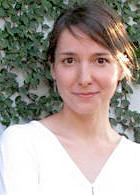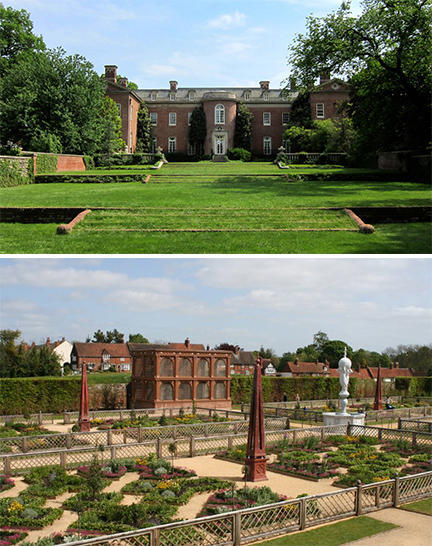Alumna receives prestigious National Endowment for the Humanities fellowship
Deborah Solomon, who earned a doctorate in English from Florida State University in the spring of 2015, has won a highly competitive National Endowment for the Humanities fellowship that will allow her to expand her doctoral dissertation into a book.

NEH fellowship recipient Deborah Solomon earned a doctorate from the FSU Department of English in 2015.
During the fellowship, Solomon will devote an entire year to researching the interchange of artistic elements between the poetry and the gardens of early modern England to write “The Poem and the Garden: Rival Media in Early Modern England.”
“I could not have accomplished this without the mentoring I received from the faculty in the English department at FSU,” Solomon said. “I am truly grateful to have had the opportunity to be part of such a vibrant department.”
Solomon is one of 80 scholars chosen from a pool of 1,251 applicants to receive a 2015 NEH fellowship, which are designed to support individuals pursuing advanced research of value to humanities scholars, general audiences or both.
Her research will take her to many locations, including Washington, D.C., to visit Dumbarton Oaks, the historical residence and gardens of Robert Woods Bliss and his wife, Mildred Barnes Bliss; California to visit the Huntington Library; and England to visit the Royal Collection Trust at Buckingham Palace and the reconstructed Elizabethan garden at Kenilworth Castle.

FSU alumna Deborah Solomon will visit Dumbarton Oaks, top, and the reconstructed Elizabethan garden at Kenilworth Castle as part of her NEH fellowship research.
Poetry and gardens are two forms of media that functioned as material parallels or rival arts, similar to the more familiar competition between painting and poetry, according to Solomon.
“To place love poetry in the garden and the garden in love poetry was not just a reiteration of old metaphors, but a kind of artistic decorum — a matching of work to site and style to content that deliberately cultivated a rich array of multimedia allusions and varied, sometimes paradoxically varied, points of view,” she said.
To demonstrate how this transmedia culture influenced poetic practice, Solomon will explore how real garden features, such as floral ornamentation, labyrinths and even color, offer meaningful new ways to analyze a poem’s visual aspects, such as appearance on the printed page, and poetry’s verbal techniques, such as metaphor, rhyme and genre.
“Rather than approach the process of poetic imitation within a strictly verbal system as most scholars have done so far, I emphasize its involvement with a number of different media,” she said.
References to the same garden image might appear in a succession of different poems, but with each new use, the image might take on a different set of tensions that lead to different insights, Solomon said.
Solomon first began forming her ideas for the project in courses within the university’s History of Text Technology interdisciplinary program taught by Professor Anne Coldiron and Distinguished Research Professor Gary Taylor.
“It was in Anne’s graduate seminar on Lyric Textuality that I first found myself drawn to how a poem’s visual manifestations can affect its meaning,” she said. “In Gary’s graduate HoTT seminar, this growing interest led me to explore the technologies of manuscript and print in Thomas Wyatt’s lyric ‘They flee from me.’”
Later, in Solomon’s dissertation, she took the same general line of inquiry into the space of the garden to explore how the major aesthetic conventions of 16th- and 17th-century poetry take shape through garden imagery.
Solomon’s dissertation is groundbreaking, according to Coldiron.
“One of the brilliant, original things about this project is that it breaks brand new ground, so to speak, by treating two important cultural practices together as ‘rival media,’ and does so in a way that honors the formal and aesthetic commitments of the poets she treats — dozens of them — as well as theoretical commitments to writing thorough and sound cultural history,” Coldiron said. “I suspect that the originality and scholarly depth of the project, as well as Solomon's absolutely beautiful writing, must have impressed the NEH panelists.”
After graduating from Florida State in 2015, Solomon served as a lecturer at Auburn University at Montgomery.

